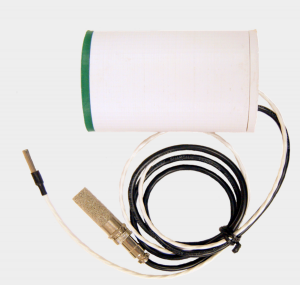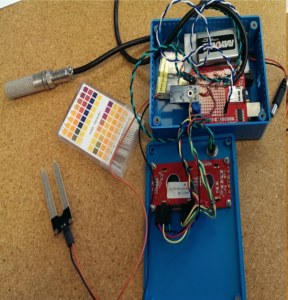Week 2 began with copying and reading trough the old files for the $FIELDSCIENCE program. Once on my local machine I was able to load the program and begin to sift my way through the app’s source code. One challenge that I was made aware of is that the original code was written using Eclipse IDE and the current supported system is Android Studio IDE. Luckily, the book (The Big Nerd Ranch Guide to Android Programming) that I chose to learn from is written entirely for Eclipse IDE and I will be translating the learner’s programs to ones working within Android Studio (to quote Charlie “sometimes its like drinking from a fire hydrant”). With this being the case, I should have a firm grasp on the differences between the two IDE’s.
My time this week was spent learning through google searches and reading/attempting the programs within the book. Progress is going well and I am feeling fairly comfortable using Android Studio and the basics of java with the help of a cheatsheet for syntax. My goal in the next week is to have a firmer grasp on the program we already have and the direction/updates that we plan to make in the future.
In any case, all this talk of java really makes me crave coffee.

